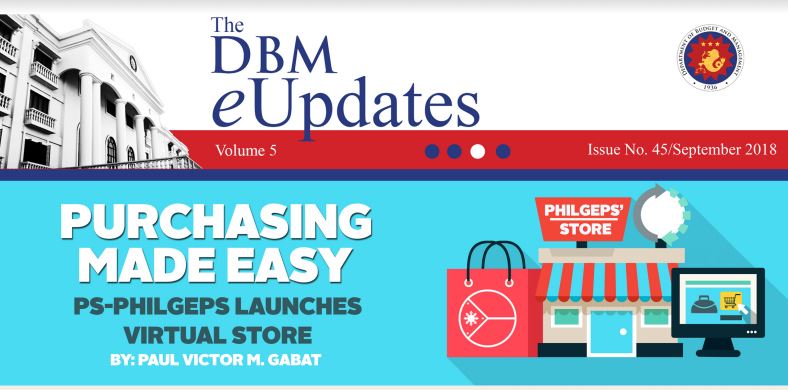The tech revolution, as commonplace as it may seem nowadays, continues to barrel forward, and 2017 will see some of the most innovative and evolutionary disruptions we have seen thus far. There will be more connection, more automation, and more significant impact in business and investment than ever before, and the revolution has just begun.
The innovations coming to fruit in 2017 are poised to redefine business and connection as we know it. From banking to devices, 2017 holds many a change in store — the technology of this next phase is dynamic, gigantic, and will feel like a futuristic sci-fi fantasy novel.
- Finance will be automated.
Many financial experts are predicting that automated banks are the next big disruptor for the banking sector. According to a recent study by Citigroup, automated banking could replace 30% of bank jobs over the next decade. Financial advisors and analysts are due to be quickly replaced by robo-advisors that render them moot — with big data in the wings, robo-advisors have the data needed to make split-second, uber-informed decisions. The payments and mobile banking industries are riding high, as well: fintech startups raised over $22.3 billion in funding in 2015, up 75% from 2014. This trend will speed up in 2017.
- Big data will get even bigger.
Big data will be a necessary asset for companies in all sectors, From trucking to data entry, big data algorithms will change the landscape in a big way, metaphorically and literally — geographical information systems will get a major upgrade in speed and efficiency. For example, MIT and Ford Motors recently partnered to read the cellphone location data of Bostonians, producing instantaneous traffic and transportation patterns that typically take years to build. Innovation will continue with developments in big data storage, providing much needed revolutionary agility in IT. Steve Wozniak has joined big data storage company Primary Data as their Chief Scientist, so we can be sure to see some huge changes there.
- The Internet of Everything truly begins.
The Internet of Everything in both the consumer and B2B market will continue to rise, especially in North America, connecting data, things, processes and people. Intelligent systems will grow rapidly in 2017, especially after the release of the Home app from Apple this fall. Over 100 products are already on the market that will work seamlessly with apples HomeKit, so a smart-linked home will be an affordable possibility for anyone. Security, lights, electronics, and climate can all be controlled for the first time in one app. Wearable devices will continue to climb and mesh with healthcare and big data.
- Mobility will continue to dominate.
Customers are almost completely mobile — as of now, four out of five people use their phones to shop. The global workforce is becoming increasingly mobile, working from home, and tech software and communications will begin to reflect that predominantly. From mobile storage for work-from-home employees to advanced security, mobility has only begun to gain traction. Verizon is one company to watch, as they are in the process of acquiring Irish fleet and mobile workforce management company Fleetmatics, positioning the mobile company to be the largest mobile workforce management company in the world.
- Space exploration will become increasingly affordable.
Expect in 2017 to see huge changes in the space exploration sector. Costs will go down drastically, with what would previously cost billions of dollars costing only millions. The U.S. Federal Aviation Authority recently approved private company Moon Express to launch an unmanned exploratory moon mission in 2017, and the company plans to forge ahead with commercial missions to the moon to exploit its mineral resources.
We will also see huge strides in satellite use – Planet Labs Inc. has launched a fleet of tiny shoebox-sized satellites that can transfer daily high-res earth images, providing affordable and useful information to companies interested in economically sensitive areas like farmland, oil storage tanks and parking lot usage.
- Marijuana tech will thrive.
Revenues from Colorado are booming, and investors are seeing huge returns on legal medical marijuana investments from other states, so 2017 will definitely see more of that. Marijuana in 2017 will be technologically pumped up, with fully automated grow operations that are both energy efficient and green (so to speak). Perfectly calibrated lighting and high tech grow software and control systems will make growing an even more lucrative business than it already is. Though legalization has been slow to come to all of the U.S., when it does the cleanliness and energy efficiency of high tech grows will make meeting regulations for high quality, safe, clean medicinal marijuana very easy.
This is certainly not a comprehensive list of all the innovations due to arrive in 2017, but a sneak peek into what may be most prominent on the radar next year. Ubiquitous mobile advancements, quantum computing, VR, AR, and virtual intelligence have been changing the landscape and will continue to do so next year as we move into what seems like a science fiction novel at times: a mysterious, exciting adventure.
Author: Murray Newlands
Source: http://www.forbes.com/sites/mnewlands/2016/08/31/6-disruptive-trends-in-technology-for-2017/#1af3a7b04ba3













